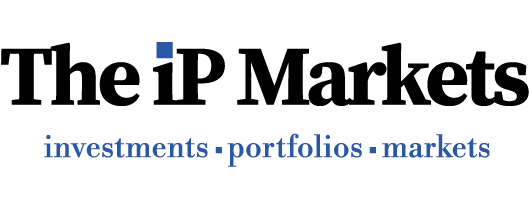“They say it’s the golden age of N-jobbers,” 2,000 office workers earning more than 60 million won a year in ‘secondary income’ in addition to their salary ↑
607,226 office workers earning more than 20 million won per year, including interest, dividends, and rental income There are more than 4,000 office workers earning more than 56 million won in extra income every month High-income office workers pay additional ‘monthly income insurance premium’ separately from the health insurance premium calculated on their monthly salary

Last year, the number of office workers who earned an additional income of 20 million won per year exceeded 600,000. It was found that those who have to pay the monthly income insurance premium separately from the health insurance premium calculated on monthly salary income pay an additional health insurance premium of 200,000 won per month on average. As the health insurance premium charging system was reorganized in 2018, the number of office workers paying insurance premiums outside of their monthly salaries is increasing every year. As the National Health Insurance Corporation carried out reforms in November last year, such as additional reform of the charging system to prevent health insurance financial leakage, future The number is expected to expand further.
3% of all employed subscribers pay an average of 200,000 won more per month in health insurance premiums in addition to their monthly salaries
According to the data on ‘Status of Health Insurance Subscribers and Persons Charged with Monthly Income Insurance Premiums (2019-2023)’ received by the office of Representative Choi Hye-young of the National Assembly Health and Welfare Committee from the National Health Insurance Corporation (hereinafter referred to as the Corporation) on the 8th, as of October last year, interest, excluding monthly salary, It was found that there are 607,226 office workers earning a high income of 20 million won per year through dividends, rental income, etc. This is about 3% of all workplace subscribers (19,908,769 people), and it is calculated that these workers pay an additional health insurance fee of 200,000 won per month on average.
These high-income office workers must pay an additional ‘monthly income insurance premium’ separate from the health insurance premium calculated on their monthly salary income. This insurance premium, also called ‘non-salary insurance premium’, is calculated based on comprehensive income including interest income from deposits or bonds, rental income, stock dividend income, etc., and an additional insurance premium is charged for the excess of comprehensive income exceeding 20 million won per year. .
However, like the monthly compensation insurance premium, there is an upper limit to the monthly income insurance premium. The maximum monthly income insurance premium in 2023 was 3,911,280 won per month, the same as the maximum monthly income insurance premium borne by the subscriber. If this is converted to comprehensive income by applying last year’s health insurance premium rate (7.09% of income), it amounts to 681.99 million won per year. Excluding salary from work, he earned more than 56,832,500 won per month from other side income such as financial income, rental income, business income, and other income. According to the Corporation, as of October last year, the number of employed subscribers paying additional monthly income premium premiums was 4,124, or 0.02% of all health insurance employed subscribers.

There is a high possibility that the number of office workers paying monthly income premiums will increase
Based on the Health Insurance Act (Article 69, Article 71, etc.), monthly income insurance premiums have been levied since 2011 only when comprehensive taxable income other than salary exceeds 72 million won per year. However, since July 2018, the standard was lowered to ‘exceeding 34 million won per year’ due to the reform of the charging system, and in September 2022, the standard was lowered again to ‘exceeding 20 million won per year’.
As the income standard is lowered, the number of employed subscribers paying monthly insurance premiums is increasing every year. After recording 194,738 people in 2019, it increased to 229,731 in 2020, 264,670 in 2021, 587,592 in 2022, and 607,226 in October 2023. In addition, as the National Health Insurance Corporation implemented reforms such as revamping the charging system in November last year to prevent financial leakage of health insurance, the number of employed subscribers paying monthly income insurance premiums is expected to increase further in the future.
There have been many cases of free riding by listing people as dependents even though they have income or assets, or lowering insurance premiums by exploiting the blind spot that there is no system to re-settlement the adjusted insurance premiums through income adjustment applications. To prevent this, the corporation implemented a reform of the imposition system, such as lowering the standard for converting dependents to local subscribers and strengthening the reflection rate of pension and earned income for employed subscribers with high income other than salary. In addition, through this reform of the taxation system, an income settlement system was also introduced. The income settlement system is a local subscriber and monthly insurance premium payer with income other than compensation of 20 million won or more. If income activities are suspended or income is reduced, apply for health insurance premium adjustment. If certain requirements are met, income is first adjusted and insurance premiums are paid in November of the following year. It is a system that recalculates. This system, similar to the year-end tax settlement for employed subscribers, was introduced to fairly reflect changes in the subscriber’s income and increase the sustainability of health insurance.
Eom Ho-yoon, head of the Qualifications Division at the National Health Insurance Corporation, said, “Since 1998, the National Health Insurance Corporation has been relieving the burden of paying insurance premiums for subscribers with reduced income through the health insurance premium adjustment system, but there are limitations in determining whether local subscribers with irregular income have current income or not, and the next year “Even if hidden income was confirmed, there was no legal basis for retroactively imposing health insurance premiums,” he explained. “In this second-stage reform of the charging system, we established legal grounds such as the revised enforcement ordinance of the National Health Insurance Act and implemented the ‘income settlement system’” did.









 네이버계정으로 로그인하기
네이버계정으로 로그인하기
 카카오톡 계정으로 로그인하기
카카오톡 계정으로 로그인하기
